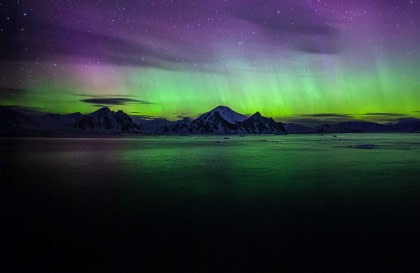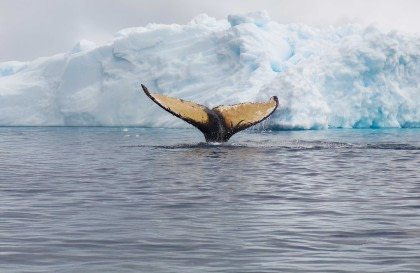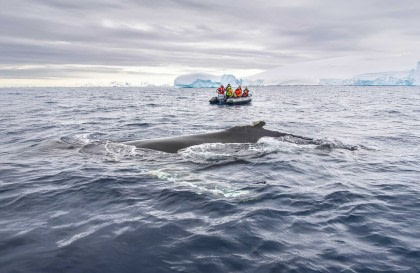The Southern Lights, also known as Aurora Australis
Like its Arctic cousin, the Southern Lights, also known as Aurora Australis, are one of Earth's most breathtaking natural phenomena. Although they are more difficult to see due to the lack of large populated landmasses in the Southern Hemisphere, the Southern Lights are a visual treat, and once seen, they are never forgotten!
What are the Southern Lights?
Dancing across the night sky in vivid waves of green, pink, purple, and red, these ghostly lights are caused by interactions between the solar wind - charged particles from the Sun - and the Earth's magnetic field. As these particles collide with oxygen and nitrogen atoms, they release bursts of light that paint the sky in a luminous glow.
Solar winds bursting out from the Sun (in an event called a CME - Coronal Mass Ejection) carry charged particles through space for 2 to 5 days and into our upper atmosphere.
Colliding and mixing with the Earth's magnetosphere, these particles give us waves or bursts of color depending on what kind of atmospheric particle they interact with (oxygen or nitrogen) and how high in the atmosphere they are when the collision occurs.
- Blue to violet: below 100 km
- Green: 100 - 240 km
- Red: over 240 km
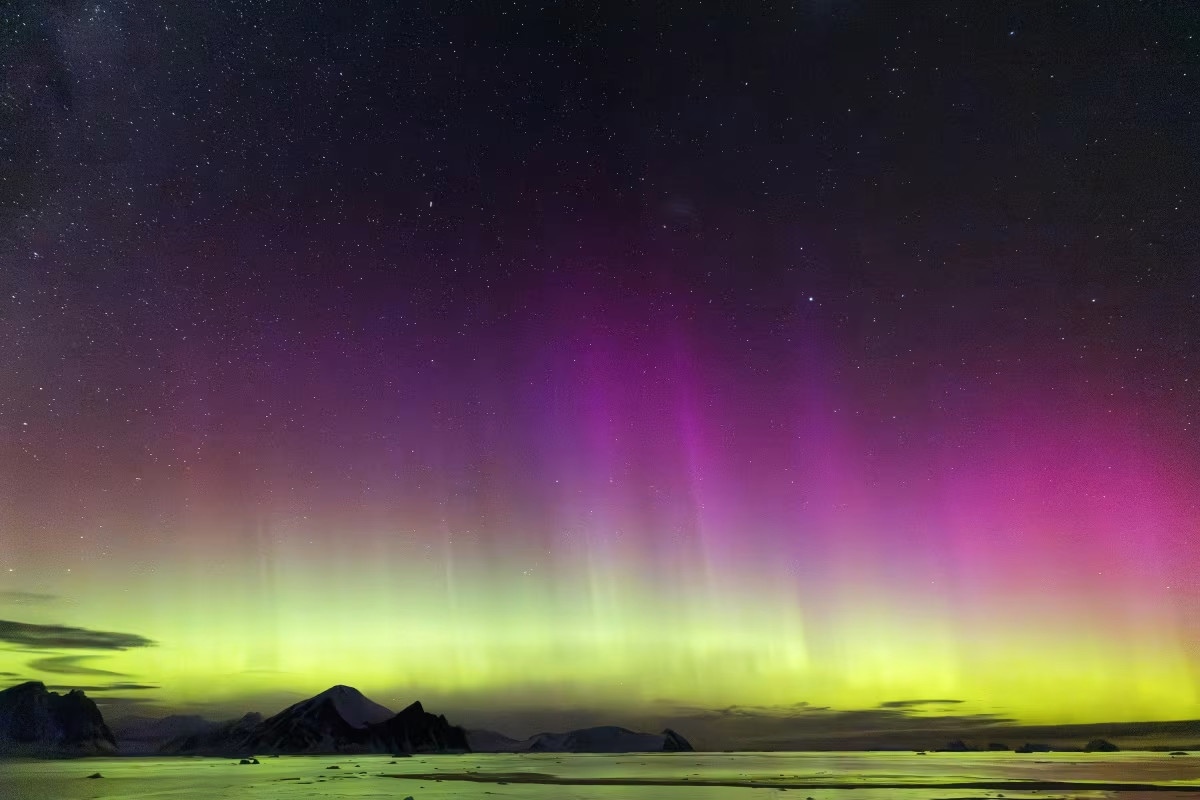
Picture by Pavel Hanacek
Where can I see the Southern Lights?
The best time to witness the Southern Lights is during the winter months in the Southern Hemisphere when nights are the longest and the skies the darkest. Although more elusive than the Northern Lights, the Aurora Australis is visible from several remote locations, particularly in southern latitudes such as Tasmania, New Zealand's South Island, and parts of Antarctica.
Travelers, photographers, and stargazers journey far to catch even a fleeting glimpse of the Southern Lights, and for good reason: they are not just a visual treat but a reminder of the incredible natural forces at play far beyond our tiny planet.
Can I see the Southern Lights in Antarctica?
Yes, you can! While expedition cruises to Antarctica typically run in the summer months, taking advantage of longer periods of daylight and more hospitable temperatures, late-season trips immerse you in the darkness of the far south.
When conditions are right, the skies above may glitter and shine with the ethereal light of the aurora. You could join a trip specifically aiming to view the Southern Lights, typically running in March, building on the huge success of the 2024-25 season.
Whether seen from the Arctic or Antarctic skies, auroras are among the most awe-inspiring celestial displays on Earth. The Southern Lights, in particular, offer a quieter, less commercialized experience - perfect for those chasing the raw beauty of the cosmos.
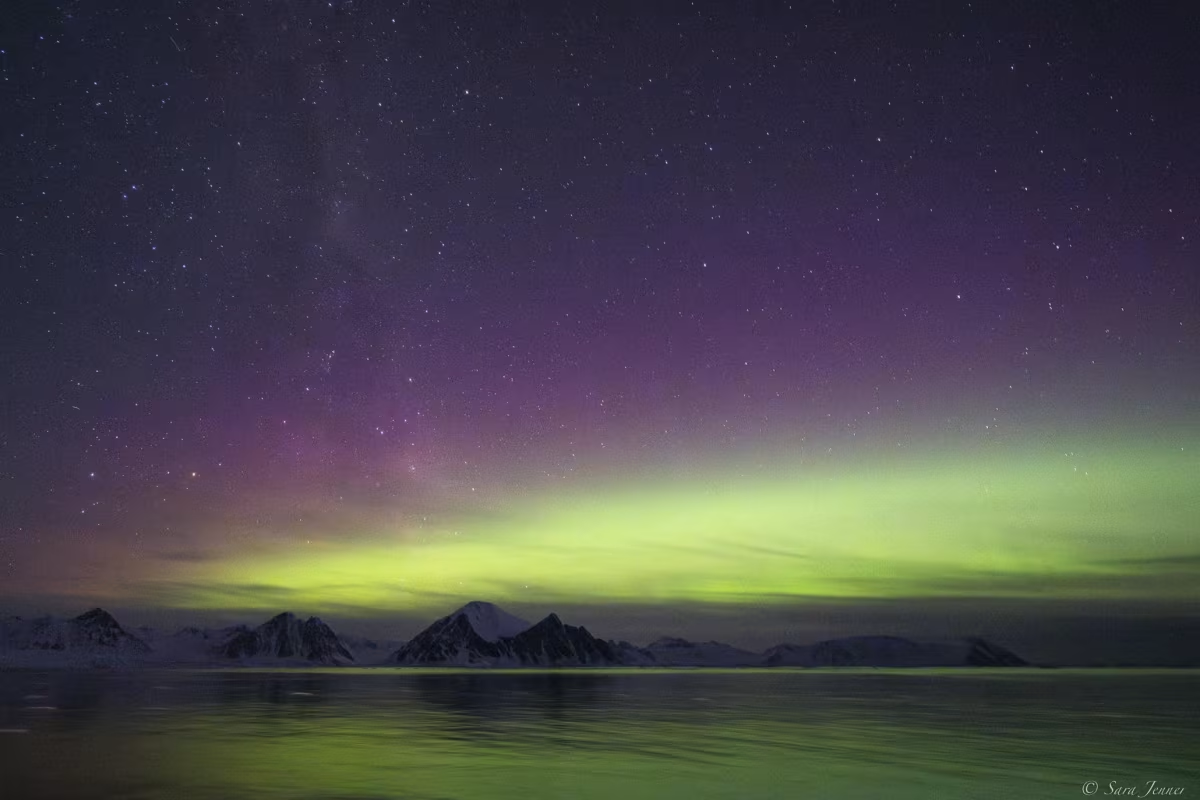
Picture by Sara Jenner
Quick Facts About the Southern Lights:
- The Southern Lights are best viewed between March to September (Southern Hemisphere winter).
- Some of the best locations to spot the Southern Lights include Tasmania (Australia), Stewart Island & Otago (New Zealand), and Antarctica.
- Indigenous Australians weaved the Southern Lights into their creation myths and folk stories, recognizing them as the dancing of the gods.
- In Maori culture, they were associated with the dancing of spirits and a link to the dead.
- Green is the most common color, with rare purple, red, and pink hues.
- The Southern Lights Typically range around 100–300 km above the surface of the Earth.
- Solar maximum cycles (approximately every 11 years) mean strong aurora displays.
Main image by Tim Charody

